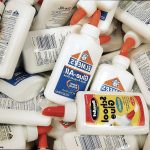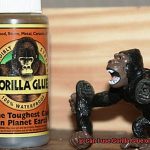Building with Legos is like embarking on a never-ending adventure. But what if there was a way to make your Lego creations even more rock-solid and resilient? Enter Gorilla Glue, the secret weapon that has piqued the curiosity of passionate builders yearning to elevate their Lego masterpieces.
In this article, we’ll delve into the pros and cons of using Gorilla Glue for Legos, weighing the benefits against the challenges. While the idea of fortifying your Lego structures with an industrial-strength adhesive may sound enticing, it’s essential to proceed with caution due to its potential impact on the integrity of those beloved bricks.
Advantages of Using Gorilla Glue:
- Unshakable stability: Renowned for its Herculean bonding strength, Gorilla Glue can provide an extra layer of solidity to your Lego creations. Say goodbye to accidental collapses and hello to longer-lasting builds.
- Design unleashed: By harnessing the power of Gorilla Glue, you can push beyond the boundaries of traditional interlocking methods. This opens up a world of possibilities for creating intricate designs and fantastical structures that will leave jaws dropping.
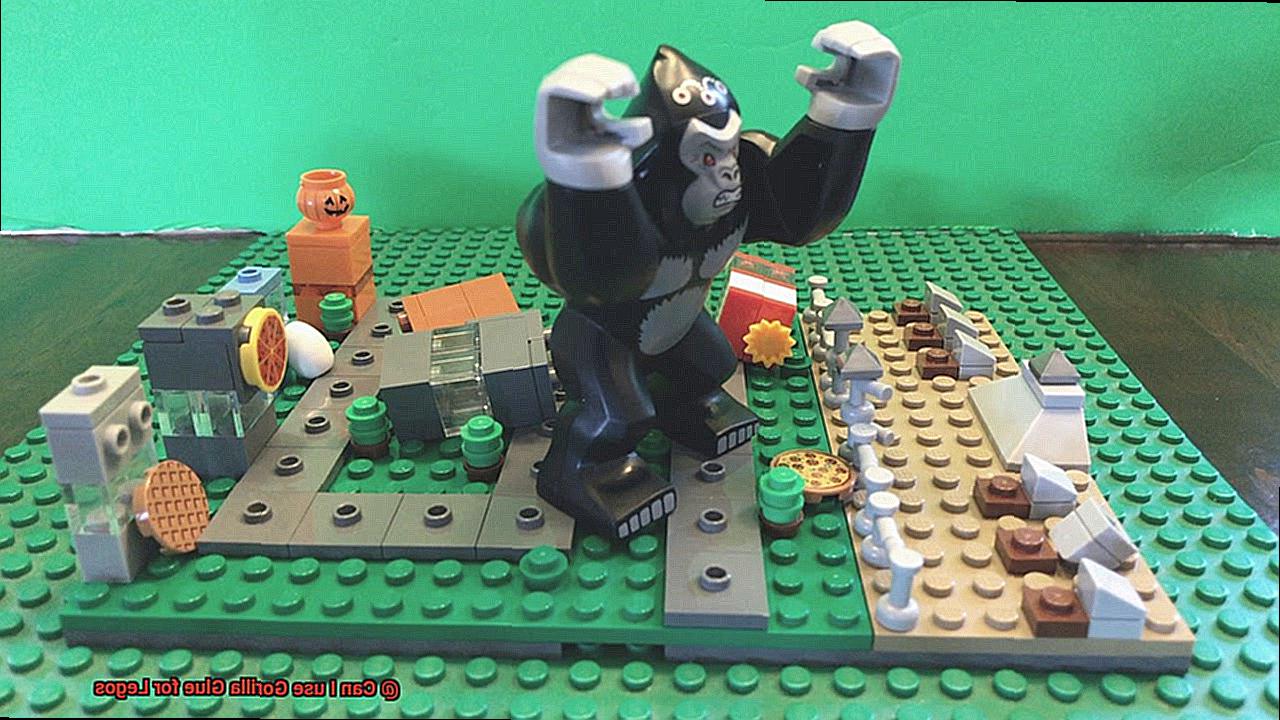
Disadvantages and Safety Concerns:
- Bond forever: Once Gorilla Glue takes hold of your Legos, there’s no turning back. Dismantling or rearranging your creations becomes an uphill battle, limiting the versatility you once cherished in your Lego collection.
- Brick breakers beware: While Gorilla Glue can amp up strength, it also poses a risk of permanent damage to those vibrant plastic bricks. Unsightly residue or even breakage may occur when attempting to separate glued pieces – a heartbreaking consequence for any dedicated builder.
- Handle with care: Working with Gorilla Glue means dealing with chemicals that can irritate the skin or respiratory system. To ensure your safety, follow recommended precautions and work in a well-ventilated area.
What is Gorilla Glue?
Contents
When seeking an adhesive solution that delivers unparalleled strength and versatility, look no further than Gorilla Glue. With its exceptional properties, this adhesive has become a go-to choice for countless applications. In this comprehensive guide, we will explore the ins and outs of Gorilla Glue, including its unique characteristics, recommended usage, and even its limitations.
Gorilla Glue is a formidable polyurethane adhesive renowned for its tenacity and adaptability. Capable of securely bonding an extensive range of materials such as wood, metal, plastic, fabric, and more, this adhesive stands out in the market. Gorilla Glue’s expanding nature allows it to fill gaps and uneven surfaces seamlessly, forging a bond that stands the test of time.
The Mighty Properties of Gorilla Glue:
- Expanding Nature: Upon application, Gorilla Glue foams and expands, adeptly filling gaps and crevices. This feature makes it ideal for porous materials or surfaces with irregularities, ensuring a robust connection.
- Waterproof Superpower: Gorilla Glue exhibits an impressive resistance to water and moisture, rendering it suitable for both indoor and outdoor use. No need to worry about projects succumbing to the elements.
- Swift Curing Time: With a drying time of approximately 2 hours, Gorilla Glue promptly sets into place. However, it reaches maximum strength after 24 hours, ensuring your projects are ready to withstand even the most demanding conditions.
Using Gorilla Glue with Finesse:
- Preparation is Key: Prior to applying Gorilla Glue, experts recommend lightly dampening the surface with water to activate the curing process effectively.
- Applying the Magic: Begin by applying a small amount of glue onto one surface and press the two surfaces together firmly. To tidy up any excess glue, utilize acetone or a specialized adhesive remover.
- Embracing Safety Measures: Always prioritize safety by reading and adhering to the manufacturer’s instructions. Wear protective gloves when handling Gorilla Glue and ensure adequate ventilation in your workspace.
Gorilla Glue vs. Legos:
While Gorilla Glue excels in numerous applications, it is not the recommended adhesive for joining Lego pieces together due to its expanding nature. Legos consist of ABS plastic, necessitating a specific adhesive for optimal bonding. To ensure a secure connection between Lego pieces, opt for plastic cement designed specifically for ABS plastic, such as those manufactured by Loctite.
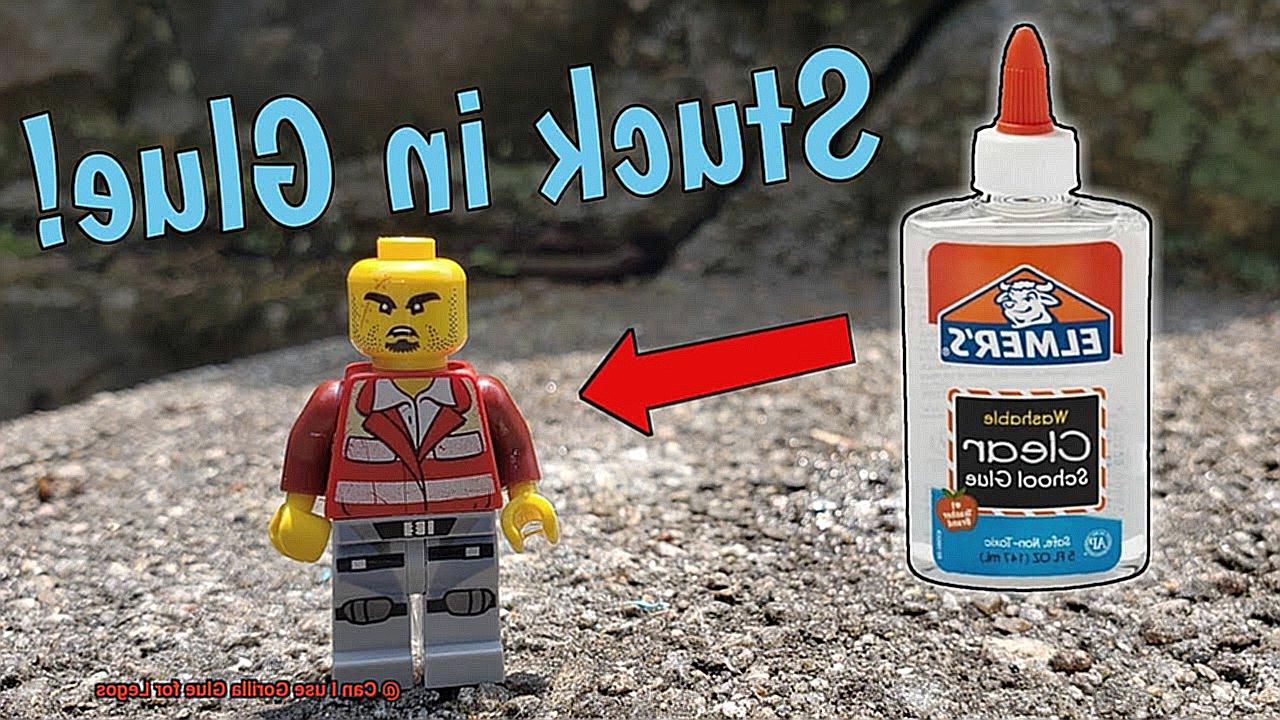
Can Gorilla Glue be Used for Legos?
For generations, Legos have ignited our creativity, enabling us to construct extraordinary worlds. But what if our Lego masterpieces require an extra layer of strength? Can Gorilla Glue be the hero we need? While this adhesive wields impressive qualities, we must delve deeper to understand why it is not the ideal choice for our beloved Legos.
The Delicate Balance:
Legos are carefully designed for easy assembly and disassembly, offering limitless possibilities. However, Gorilla Glue’s formidable bond, while admirable in other scenarios, can inflict irreversible damage upon our cherished bricks. Its tendency to seep into minuscule crevices makes separation nearly impossible without breaking the Lego pieces.
A Battle of Forces:
Gorilla Glue’s expansion during the drying process exerts intense pressure on our Legos. This added stress can lead to cracks or breakages that compromise the stability and structure of our creations. Legos thrive on flexibility and adaptability, rendering Gorilla Glue unsuitable for these fundamental principles.
Plastic Prowess:
Legos are crafted from ABS plastic, necessitating a specialized adhesive for optimal bonding. Gorilla Glue, however, lacks this specific formulation for plastic materials like ABS. Consequently, it may result in weaker bonds or inadequate adhesion to the Lego’s plastic surface. To maintain the integrity of your Legos while achieving secure connections, seek out glues explicitly designed for bonding plastics.
Embrace Safer Solutions:

Fortunately, alternatives exist that cater to plastic bonding requirements. Cyanoacrylate-based glues and plastic model cement exemplify suitable options. These tailor-made adhesives offer robust bonds while allowing effortless disassembly if desired—a perfect balance for Lego enthusiasts seeking both durability and versatility.
The Best Adhesive for Legos
For generations, Legos have captivated the imaginations of builders both young and old. The joy of constructing and deconstructing these vibrant bricks is unparalleled, but sometimes, a more permanent bond is needed to bring our Lego creations to life. In this comprehensive guide, we will explore the world of adhesives and uncover the best options for gluing Legos.
Why finding the best adhesive matters:
While Legos are designed for easy assembly and disassembly, there are occasions when a stronger bond is desired. Whether you’re building a display piece or creating a custom Lego sculpture, using the right adhesive ensures that your creation stands the test of time.
Exploring different types of adhesives:
- Super glue: Known for its quick drying time and formidable hold, super glue, or cyanoacrylate glue, is a popular choice for bonding Legos. However, its runny consistency can make application messy.
- Epoxy: Offering exceptional bonding strength, epoxy consists of two components that must be mixed before use. However, longer curing times and less forgiveness during application can pose challenges.
- Craft glue: PVA or white glue, also known as craft glue, is a versatile adhesive suitable for various projects. It dries clear and is easy to work with, making it an ideal choice for younger builders. However, it may not provide the same level of strength as super glue or epoxy.
Gorilla Glue: The powerhouse adhesive?
Gorilla Glue has gained popularity among Lego enthusiasts due to its reputation for strength and versatility. Its compatibility with various materials, including plastic, makes it tempting for gluing Legos. However, caution must be exercised when using Gorilla Glue with Legos.
Proper usage of Gorilla Glue:
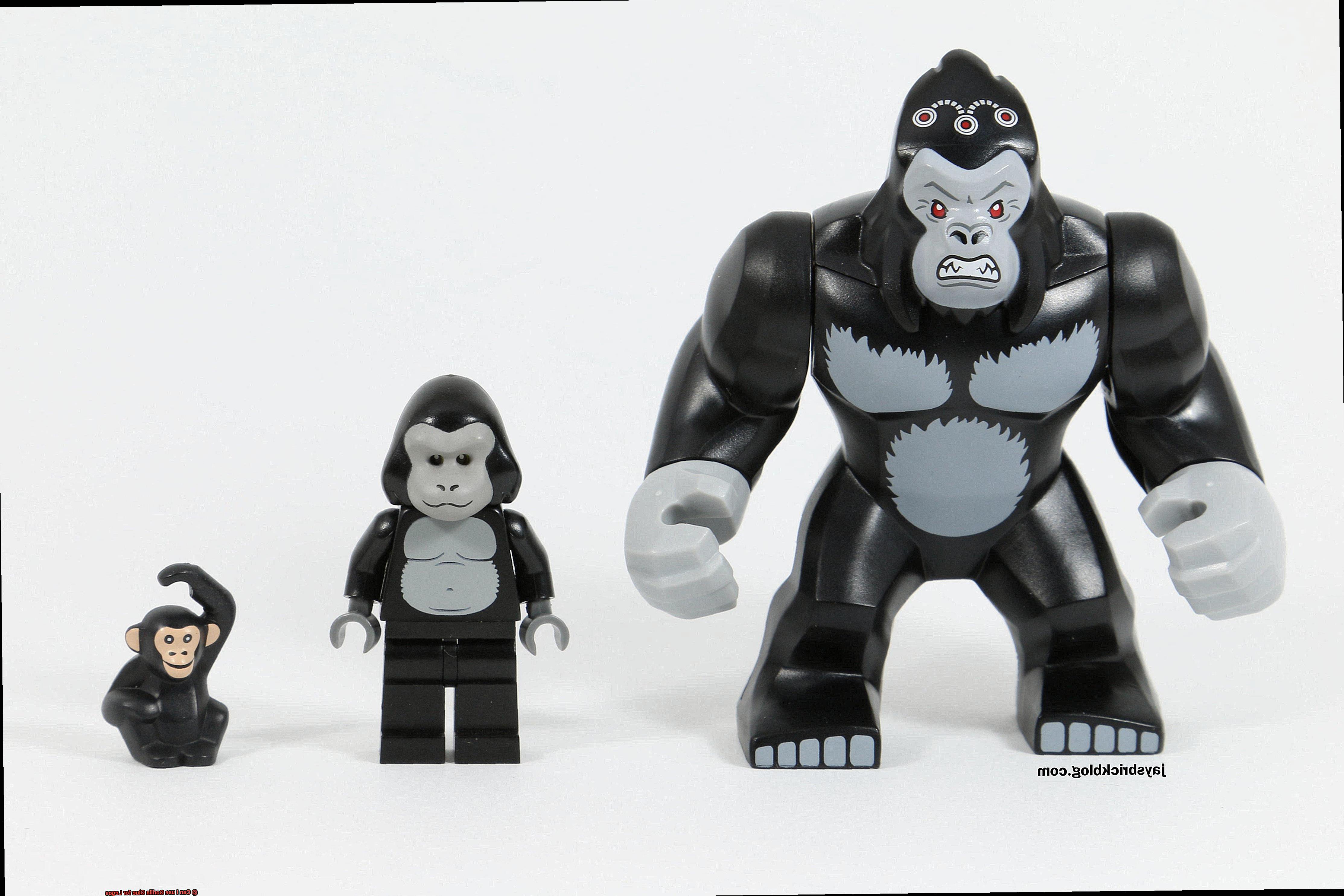
To effectively use Gorilla Glue with Legos, follow these steps:
- Apply a small amount of Gorilla Glue sparingly to the Lego pieces you wish to bond.
- Press the pieces together firmly, ensuring even distribution of the adhesive.
- Immediately wipe away any excess glue with a damp cloth.
- Allow the glue to cure for at least 24 hours or longer, following the Gorilla Glue packaging instructions.
Considerations when using Gorilla Glue:
Although Gorilla Glue provides a strong bond, it may not be suitable for all Lego projects. If future disassembly is anticipated, using Gorilla Glue can make it challenging or even impossible. Additionally, Gorilla Glue’s expansion during drying can potentially damage delicate Lego pieces and compromise their structural integrity.
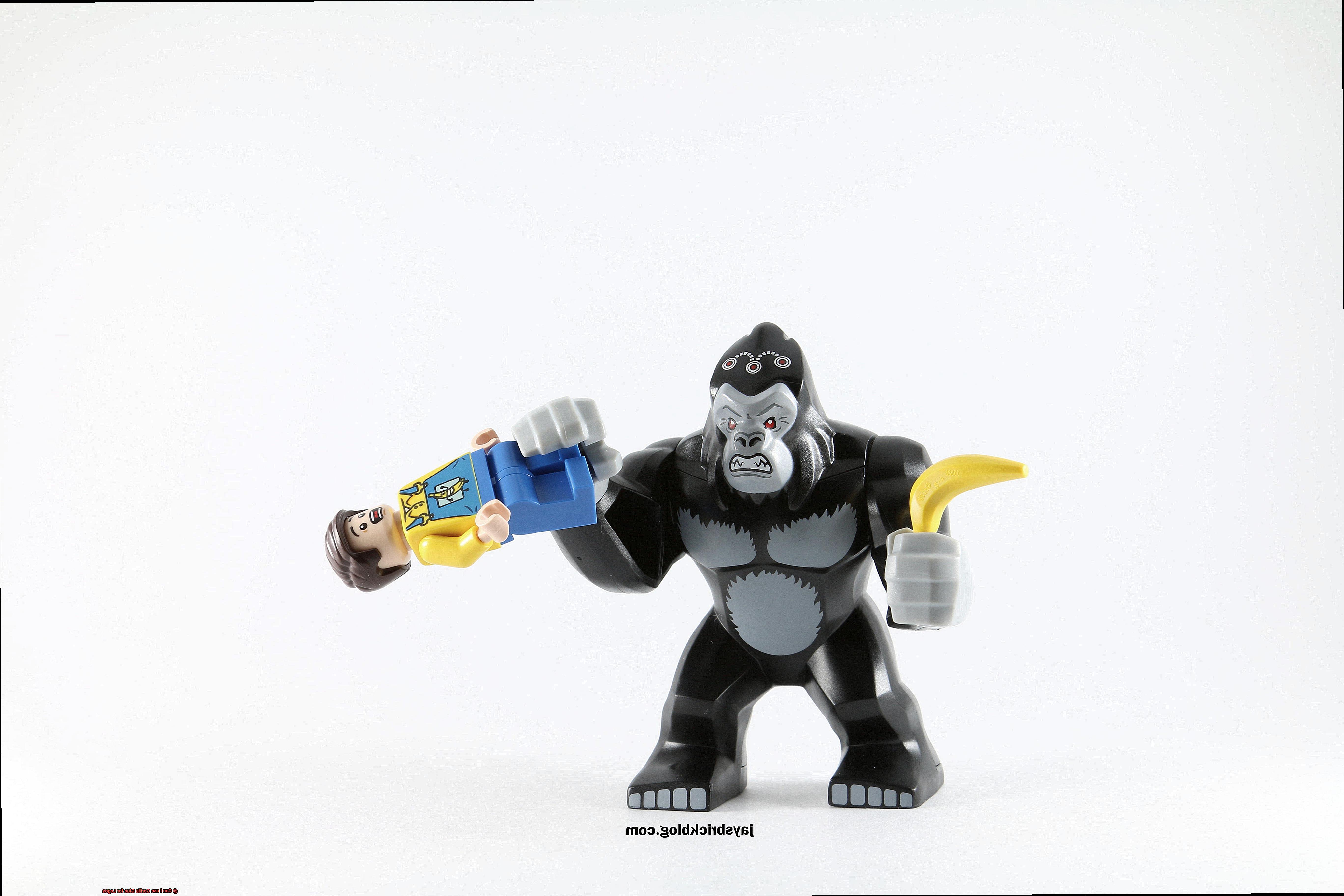
Alternatives to consider:
For those seeking a less permanent bonding solution, several adhesives specifically designed for Legos are available. BrickLink Adhesive and Loctite Super Glue Ultra Gel Control are popular alternatives that offer strong bonds while allowing for easier disassembly.
How Does Plastic Cement Work?
Get ready to embark on a fascinating journey into the captivating world of plastic cement. Whether you’re dreaming of bringing your model-building projects to life or seeking to repair your beloved plastic toys, we have a treat for you. Today, we’ll unravel the secrets behind this extraordinary adhesive and explore how it works its magic to bond plastics together.
How Does Plastic Cement Work?
- The Marvelous Solvent: At the heart of plastic cement lies a powerful solvent, such as dichloromethane or methylene chloride. This incredible component acts as a carrier for the adhesive and possesses the ability to soften plastic surfaces with its touch.
- Prepping for Success: Achieving a strong bond starts with proper surface preparation. Cleanliness is key. Before applying the glue, ensure that the plastic surfaces are free from dirt or oil. Use a gentle detergent or rubbing alcohol to cleanse them thoroughly.
- The Dance of Fusion: With pristine surfaces in place, it’s time to apply the plastic cement. A trusty brush or applicator becomes your companion here. As soon as the cement touches the plastic, its solvent gets to work, dissolving both surfaces and creating a liquid layer.
- The Perfect Union: Now, witness the magic unfold before your eyes. Press the two plastic surfaces together firmly. The liquid layer spreads out, seamlessly filling any gaps or irregularities between them. It’s as if they were destined to be together.
- Evaporation and Solidification: As time passes, the solvent in the cement miraculously evaporates into thin air (quite literally.). What remains is a solid layer of adhesive that firmly bonds the two plastic surfaces together. It’s like witnessing a mesmerizing transformation from liquid to solid.
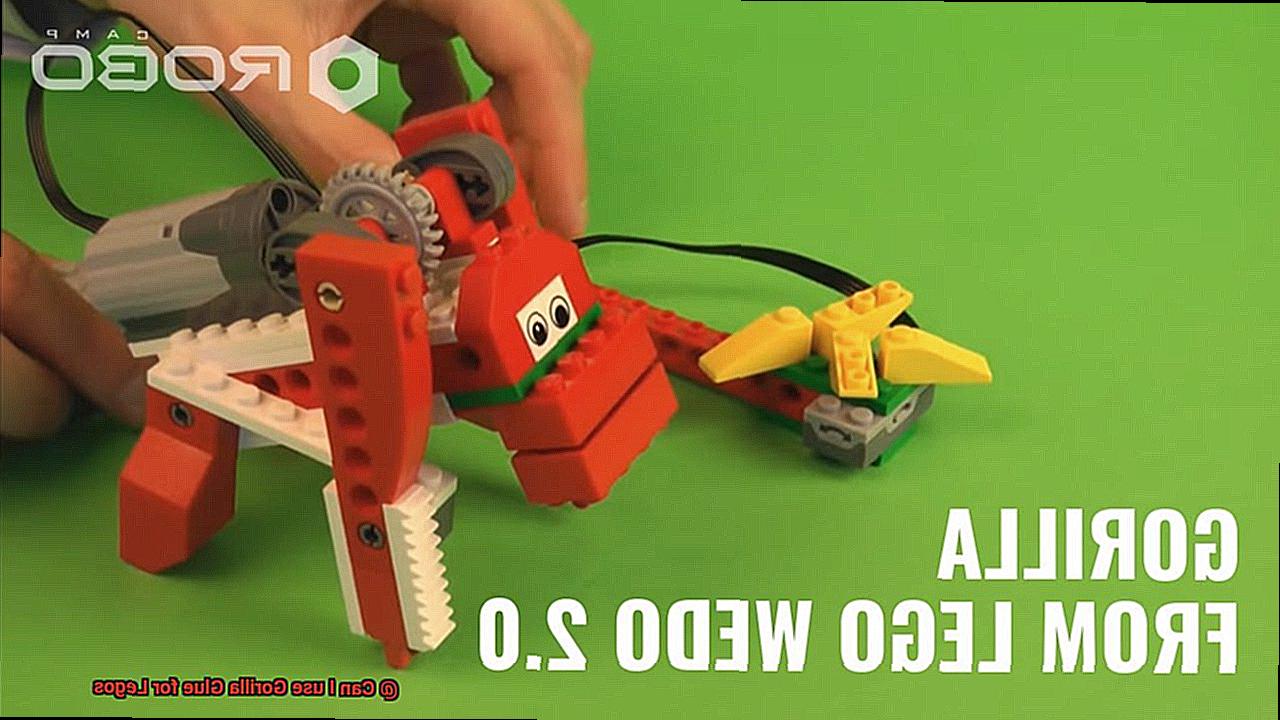
The Compatibility Factor:

While plastic cement works wonders on plastics like polystyrene and ABS (hello, Lego lovers.), not all plastics are created equal. Some plastics, such as polyethylene and polypropylene, possess a different molecular structure that doesn’t play well with the solvent in plastic cement. Fear not. For these special cases, alternative adhesives or methods are available.
Advantages of Plastic Cement:
- Strength and Durability: The bond created by plastic cement is remarkably strong, capable of withstanding impacts and vibrations. No need to worry about your Lego masterpiece falling apart.
- Invisible Bonding: Say goodbye to visible seams. Plastic cement dissolves the plastic surfaces, creating a seamless connection that’s virtually undetectable.
Risks of Using the Wrong Adhesive on Legos
In this blog post, we will explore the potential dangers that lurk beneath the surface when glue and Legos collide.
Permanent Damage:
Legos, crafted with precision from ABS plastic, demand a compatible adhesive for a strong bond. But beware. Using the wrong glue, like Gorilla Glue, can lead to irreparable damage. Certain adhesives expand as they dry, exerting pressure between bricks and causing deformations or loss of shape. It’s like a nightmare for your beloved Lego creations.
Deformation and Discoloration:
Picture this: your once-vibrant Lego masterpiece losing its luster due to an incompatible adhesive. Some adhesives contain chemicals that react with the plastic, resulting in discoloration or a faded appearance. Your creation deserves better than to be robbed of its beauty and visual appeal.
Permanently Stuck:
Lego’s magic lies in its ability to be disassembled and rebuilt endlessly. But using an inappropriate adhesive can turn this enchantment into a curse. Bricks bonded together by mistake become inseparable, making it nearly impossible to separate them without causing damage. Your creative freedom is at stake here.
Financial Implications:
For collectors and enthusiasts alike, preserving the value of Legos is crucial. However, using the wrong adhesive can significantly decrease their worth. Any alterations or damage caused by improper gluing can leave a lasting impact on the collectability and desirability of your Lego sets. Protect your investment.
Restricting Creativity:
Lego’s design philosophy revolves around versatility and endless possibilities. Gluing Legos together contradicts this concept, as it stifles their ability to be reimagined into various structures. The joy of Lego lies in the freedom to explore new designs and let your imagination run wild. Don’t lock your creativity away.

Removing Gorilla Glue from Legos
You’ve accidentally glued your beloved Legos together with Gorilla Glue. But fear not, for we have the solution to rescue your bricks from their sticky situation. In this comprehensive guide, we’ll explore various methods to remove Gorilla Glue from Legos, ensuring that your creative masterpiece can be enjoyed once more.
Method 1: Acetone – The Nail Polish Remover Trick:
Acetone, found in nail polish removers, is a powerful solvent that breaks down Gorilla Glue. Soak the affected Lego pieces in acetone for a few minutes. Then, gently scrub the glue with a soft brush or toothbrush. However, be cautious as acetone may affect the Lego’s color or finish. Always conduct a small patch test on an inconspicuous area first.
Method 2: Isopropyl Alcohol – The Rubbing Alcohol Savior:
Isopropyl alcohol is another effective solution for dissolving Gorilla Glue. Apply a small amount directly onto the glue and let it sit for a few minutes. Gently rub the glue with a soft cloth or sponge until it starts to come off. Repeat if necessary until all traces of glue are vanquished.
Method 3: Heat – The Gentle Persuader:
If the previous methods fail or you’re concerned about Lego damage, try using heat. Set your hairdryer to low heat and direct warm air towards the glued area. The heat softens the glue, making it easier to peel off. Be cautious not to overheat the Legos, as excessive heat can cause warping or deformation.
Patience and Preventive Measures:
Removing Gorilla Glue demands patience and a gentle touch. Rushing or using excessive force can damage the Lego pieces. If the glue doesn’t come off easily, repeat the chosen method or seek professional help for valuable or sentimental Legos.
Prevention is Key:
To prevent future mishaps, carefully read and follow adhesive instructions. Store Legos and adhesives separately to avoid accidental gluing.
Alternatives to Glue for Connecting Legos
We all love the joy of creating amazing Lego masterpieces, but sometimes glue can put a damper on the fun. Fear not, for we have explored a world of alternatives to glue for connecting Legos that will keep your creations flexible and easily modifiable.
Let’s start with Lego-specific connectors like Technic pins and axles. These little wonders fit snugly into the Lego bricks, providing a secure connection without the need for glue. They effortlessly slide into place, allowing for easy disassembly whenever you want to switch things around.
If you want a simple and versatile option, look no further than rubber bands or elastic bands. Just stretch these bands around multiple pieces, and they’ll hold them firmly in place. Whether you’re building vehicles or towering structures, these bands offer flexibility and convenience. And when it’s time for a change, simply remove or replace them with ease.
Now, if you’re feeling adventurous and want to add some magnetism to your creations, small magnets can be a great option too. Place them strategically inside the bricks, and watch as they create a magnetic bond between the pieces. Just remember to keep them away from electronic devices and out of reach of young children who might mistake them for candy.
For those who crave something more specialized, Lego-compatible adhesives are available on the market. These temporary adhesives come in various forms like tapes, putties, or gels, and they’re designed specifically for use with Lego materials. They provide an extra level of stability without sacrificing the ability to easily disassemble your creation later on.
While glue can be used sparingly for added stability in certain situations, it should be applied in small amounts and used judiciously. We don’t want to damage those precious bricks or make it difficult to separate them in the future.
HYoEAmI7pc8″ >
Conclusion
In conclusion, it is not recommended to use Gorilla Glue for Legos.
While Gorilla Glue is a powerful adhesive that can bond many materials together, it is not suitable for use with Legos. The strong and permanent nature of Gorilla Glue can cause damage to the Lego pieces, making them difficult to separate or reuse.
Additionally, the chemical composition of Gorilla Glue may react with the plastic material of Legos, leading to discoloration or weakening of the bricks.



